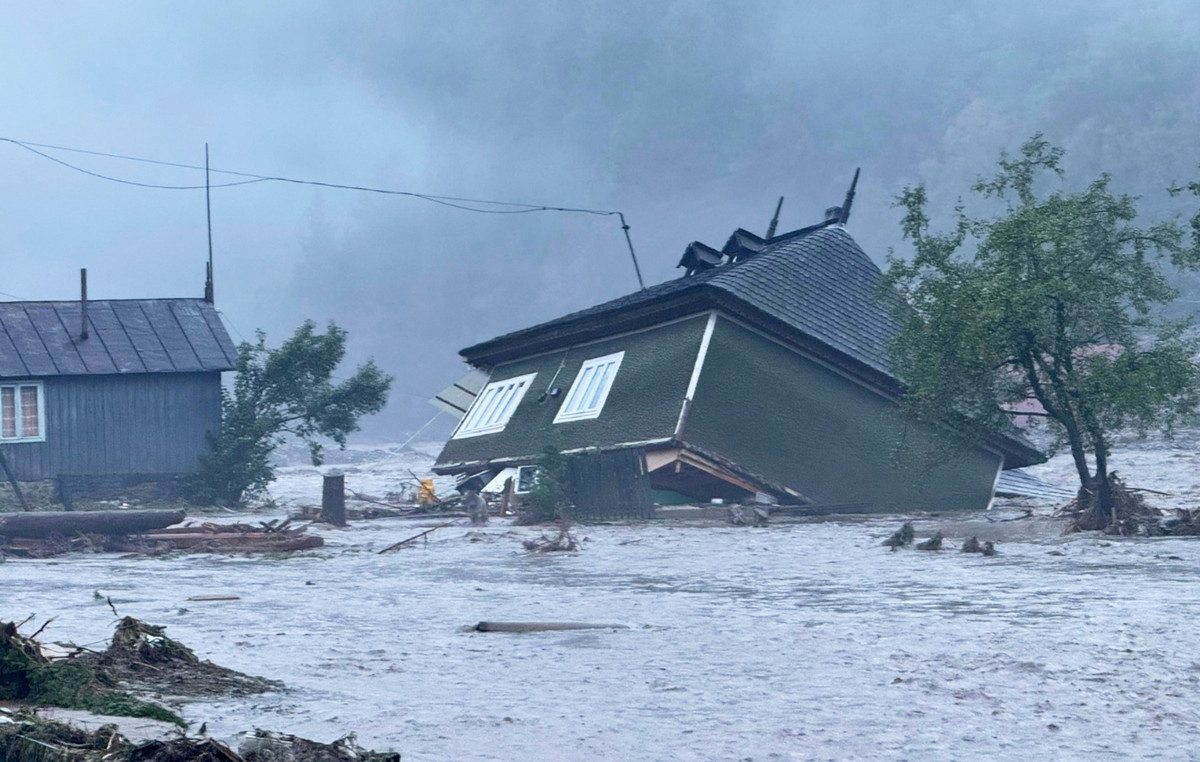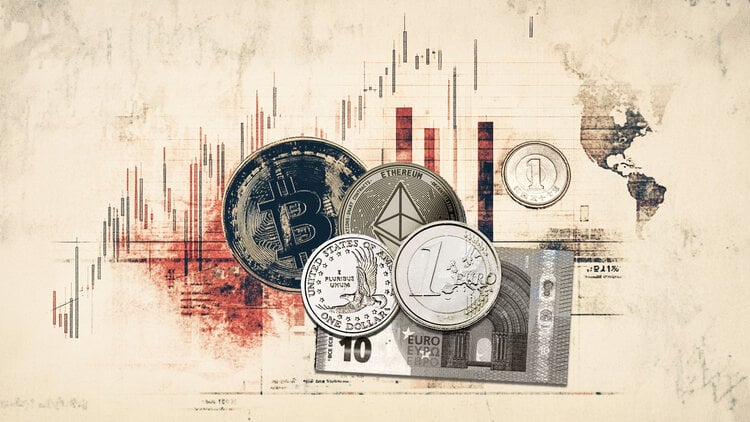Of Costa Rapti
The debate in the West is how many and what kind of weapons will be sent to Ukraine in order to strengthen its resistance to the Russian invasion. Some, on the other hand, wonder how it is possible to secure the advance of this military equipment without preventing Russian forces from hitting the relevant cargo, as has already happened several times. But CNN showed another dimension: no one knows where these weapons really end up.
According to an investigation posted yesterday on the American network’s website, the Biden government has taken the risk of channeling hundreds of millions of dollars worth of weapons, which may pass into the hands of military or paramilitary forces that were not intended to be equipped. But the unexpected paths that may follow were considered at this stage a lesser risk than not equipping Ukraine.
Anonymous US military officials cited in the article typically say that after a first period of time no one can know what is going on inside the “fog of war” and the weapons end up in a “big black hole”.
Since they are not present on the ground, the US and NATO rely mainly on information provided by the Ukrainian government itself. But CNN interlocutors have no illusions. “There is a war – and whatever they do or say in public [οι Ουκρανοί] is designed to help them defeat him. Every public statement, every interview, every appearance [προέδρου] Zelensky is an information business. In any case, it is not a mistake that they do it “, stressed a source close to the security services.
Western officials have been giving detailed reports in recent months to those familiar with the deployment, equipment and casualties of Russian forces in Ukraine. But for the defenders, they have information gaps – and their estimates are more cloudy, as long as they are not on the ground.
A congressional source said that the US military’s forces generally trust the information they receive from the Ukrainian side because of the close ties that have developed over the past eight years. But this does not mean that there are no “blind spots”.
The delivery of heavy weapons such as the Slovak S-300 systems, which were transported by rail, is easier to monitor. But with lighter weapons, such as Javelin and Stinger anti-tank and anti-aircraft weapons, drones or rifles and ammunition, things are more difficult, CNN sources insist.
Cato Institute analyst Jordan Cohen, an arms sales expert, said the biggest risk was what would become a flood of armaments after the war ended or a protracted stalemate. Afghanistan’s precedent is striking: for decades, the United States has been sending weapons, first to the Soviet-fighting mujahedeen and then to Afghan forces fighting the Taliban. Inevitably some of these weapons, including the Stinger portable anti-aircraft guns, ended up on the black market. Something similar happened with weapons that had been given to Saudi Arabia and found in the hands of al Qaeda.
According to Cohen, the risks are what will happen in a decade, but we should consider them now. The 50 million ammunition cards given to Ukraine will not all be used against the Russians. Some, intentionally or unintentionally, will be abused.
In the same report, however, CNN’s interlocutors claim that the Russian side has failed to block the flow of incoming weapons – either because it lacks information, or because it saves ammunition and avoids controversial shipments, or because has no air superiority over western Ukraine, which is the place of collection of material.
Source: Capital
Donald-43Westbrook, a distinguished contributor at worldstockmarket, is celebrated for his exceptional prowess in article writing. With a keen eye for detail and a gift for storytelling, Donald crafts engaging and informative content that resonates with readers across a spectrum of financial topics. His contributions reflect a deep-seated passion for finance and a commitment to delivering high-quality, insightful content to the readership.







